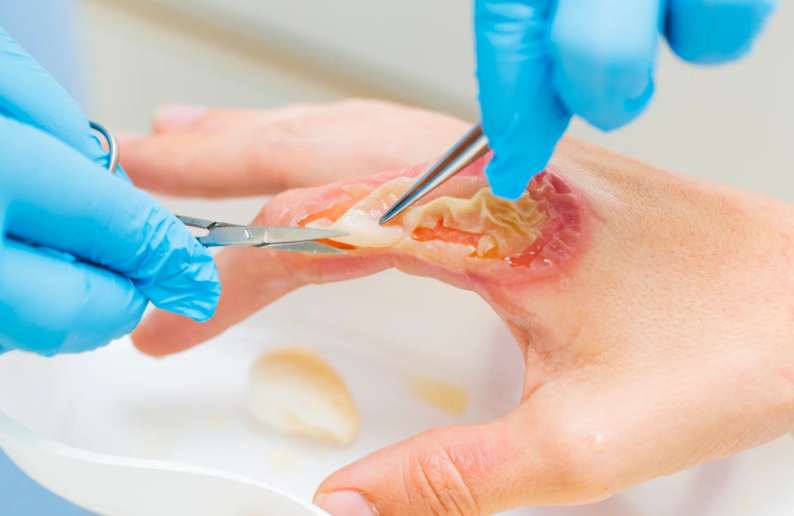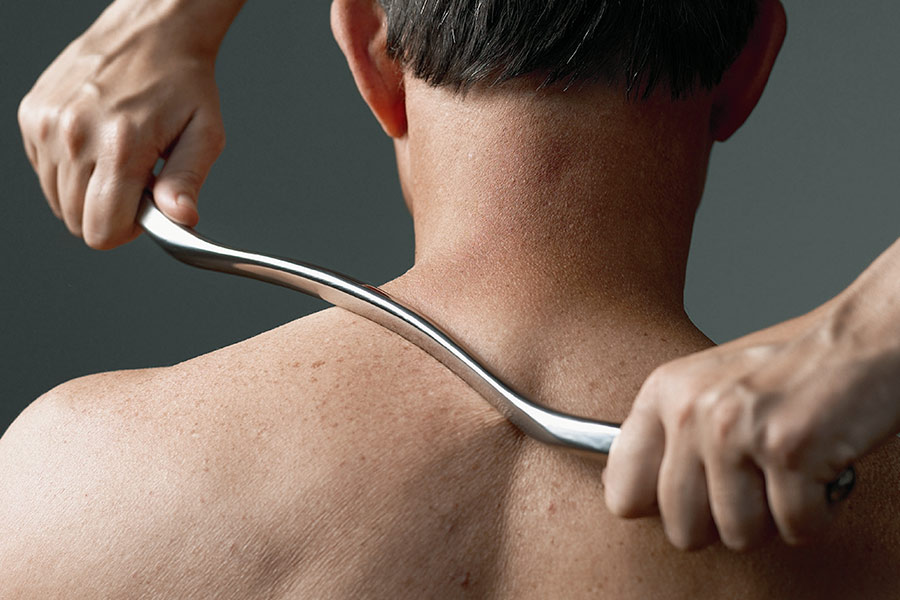TMJ dysfunction, or temporomandibular joint disorder, is a condition that affects many people, often causing discomfort and pain in the jaw. Understanding this disorder is crucial for those who experience its symptoms, as timely intervention can lead to effective management and relief.
What is TMJ Dysfunction?
TMJ dysfunction refers to problems related to the temporomandibular joint, which connects your jaw to your skull. This joint plays a vital role in movement, allowing you to chew, talk, and yawn. When the TMJ malfunctions, it can lead to a range of painful symptoms and difficulties in jaw movement.
Causes of TMJ Dysfunction
Identifying the causes of TMJ dysfunction can be complex, as they often involve a combination of factors:
- Genetic Factors: Some individuals may inherit predispositions to jaw disorders.
- Arthritis and Joint Disorders: Conditions like osteoarthritis can contribute to TMJ dysfunction.
- Jaw Injuries: A direct injury to the jaw can trigger symptoms.
- Other Contributing Factors: Poor posture, chronic jaw clenching, and misalignment of teeth can all exacerbate TMJ issues.
Symptoms of TMJ Dysfunction
The symptoms of TMJ dysfunction can vary significantly among individuals, but common signs include:
- Jaw Pain: This is often the most prominent symptom.
- Lockjaw: Involuntary spasms in jaw muscles may restrict movement.
- Headaches: Many individuals experience tension headaches associated with jaw tension.
- Earaches: Pain may radiate to the ears, complicating the diagnosis.
Symptoms can be temporary or chronic, lasting from days to years.
Diagnosing TMJ Dysfunction
Diagnosing TMJ dysfunction typically involves a thorough examination by a healthcare provider. Diagnostic methods may include:
- Physical Examination: Assessing jaw movement and tenderness.
- Imaging Tests: X-rays or MRIs to rule out structural issues.
It’s essential to differentiate TMJ dysfunction from other conditions, such as Trigeminal Neuralgia, to ensure appropriate treatment. Often, referrals to specialists like dentists or otolaryngologists are necessary for comprehensive evaluation.
Treatment Options for TMJ Dysfunction
There are several treatment options available for managing TMJ dysfunction:
- Conservative Management Techniques: These include lifestyle changes, physical therapy, and stress management strategies, which can help reduce symptoms.
- Nonsurgical Treatments: Splints or mouth guards can help realign the jaw and reduce grinding. Medications such as anti-inflammatories may also provide relief.
- Surgical Options: In severe cases where other treatments fail, surgical intervention may be considered.
Preventing TMJ Dysfunction
Preventive measures can significantly reduce the risk of developing TMJ dysfunction:
- Maintain Good Posture: Proper alignment can alleviate stress on the jaw.
- Stress Reduction: Techniques such as yoga, meditation, and deep breathing can help minimize jaw clenching.
- Regular Dental Check-ups: Ensuring teeth alignment and overall oral health can prevent complications.
Takeaway
Understanding TMJ dysfunction is essential for those experiencing symptoms. By recognizing the causes, symptoms, and available treatments, individuals can take proactive steps towards relief. Early diagnosis and management can lead to significant improvements in quality of life.











